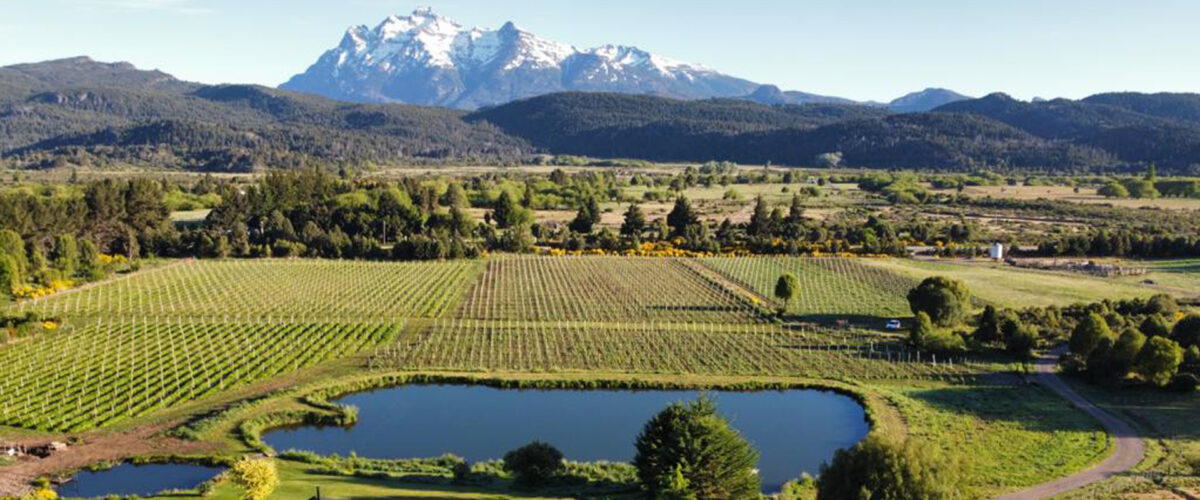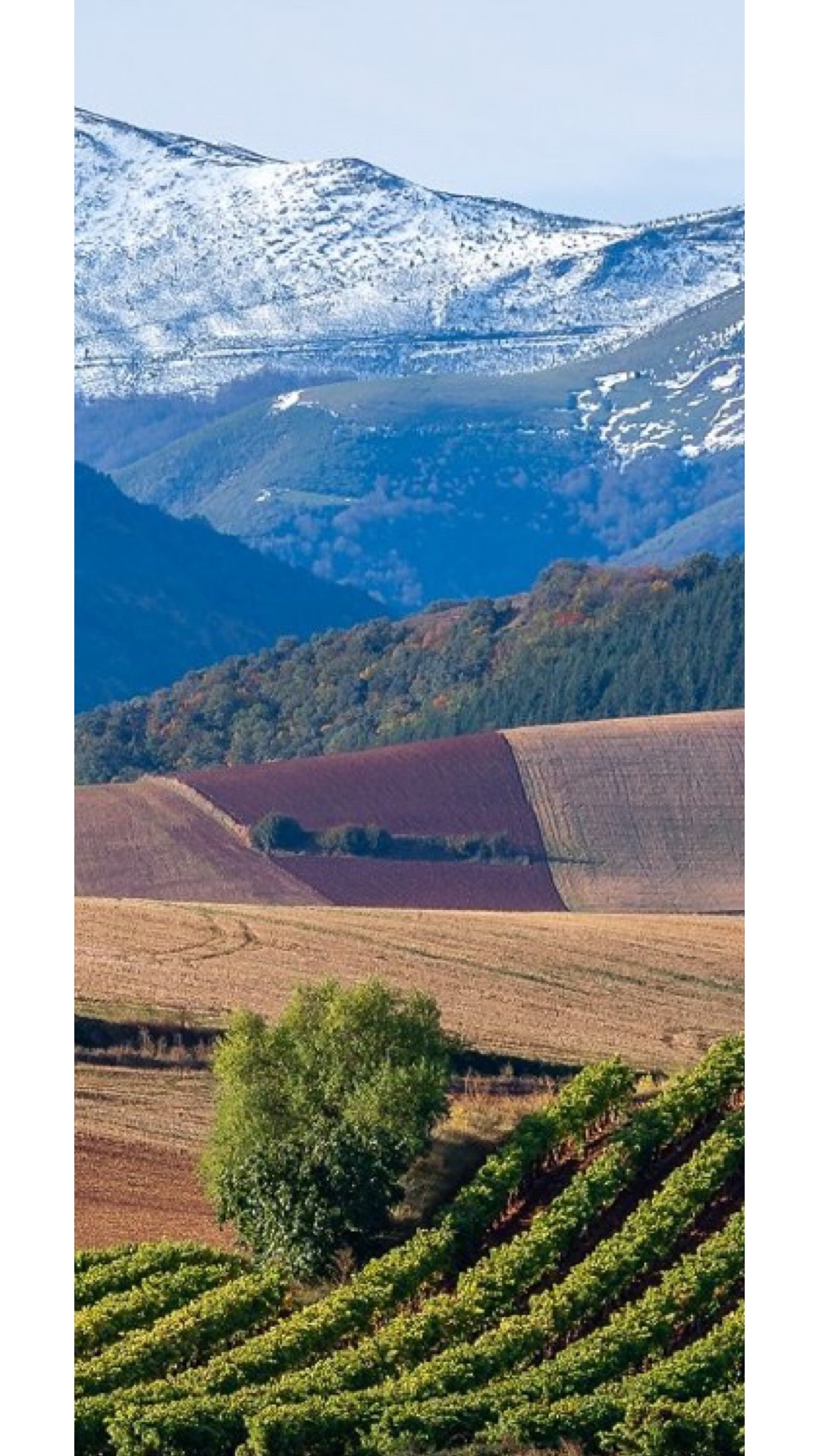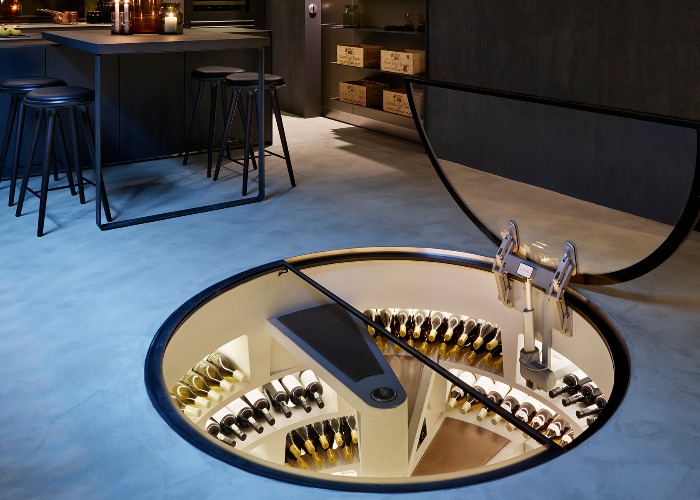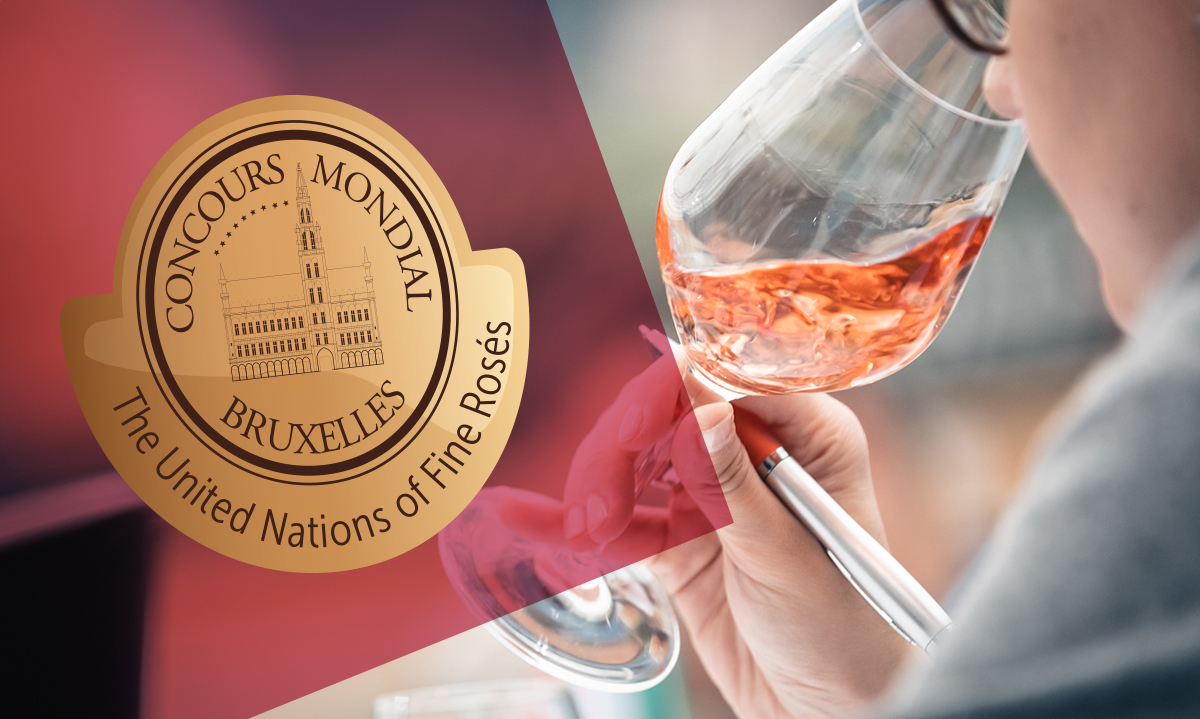Wines of Argentina has been paying tribute to Malbec on April 17th since 2011.
This date was chosen because on the same day in 1853 the first agricultural school in Argentina was founded, becoming a symbol of the transformation of Argentina’s wine industry.
Malbec in Argentina
- There are 112,823 acres of Malbec planted in Argentina;
- There were 129 million litres of Malbec exported by Argentina in 2020; and
- Argentinian Malbec is grown at some of the highest altitudes in the world. In Mendoza, the average height of vineyards is 900 meters above sea level, but some of the highest vineyards in the world are found in the north of Argentina, in Salta, Catamarca, and Tucumán – the Calchaquí Valleys – In Salta some vineyards are as high as 3,000 meters above sea level.
Fun Facts
- Did you know that Malbec was originally associated with South-West France?
A grape variety Magdeleine Noire des Charentes (which is also a parent to Merlot) was once the most commonly planted grape variety in South-West France. It was then known as Côt?
- Did you know that that Malbec was grown in Bordeaux until the harsh winter in 1956 which killed off most of the vineyards?
- Did you know that Malbec is a challenging grape to grow? It has a poor resistance to bad weather, frost and pests and requires substantial sunlight and heat to become fully mature. It is particularly prone to coulure and mildew?
- Did you know that Argentina reinvigorated Malbec?
Argentina is the biggest Malbec exporter in the world, but it is also the fifth biggest major wine producer in the world with 14.5mhl of wine produced in 2018 alone. Exporting 128,828,560 litres of Malbec in 2020, and exporting wine to 119 countries, Argentina has seen a 52% increase in production of wines made from the grape since 2010.
- Malbec is also produced around the world in the USA, Chile, South Africa and Australia.
#malbecworldday # malbec #winesofargentina #redwine #winelovers #instawine #MalbecArgentino #Malbecnosgusta #argentina





![The Union des Grands Crus de Bordeaux announces 10 cities to host “en primeur” tastings [April 26-29]](https://www.liz-palmer.com/wp-content/uploads/2021/03/Bordeaux-1200x813.jpg)